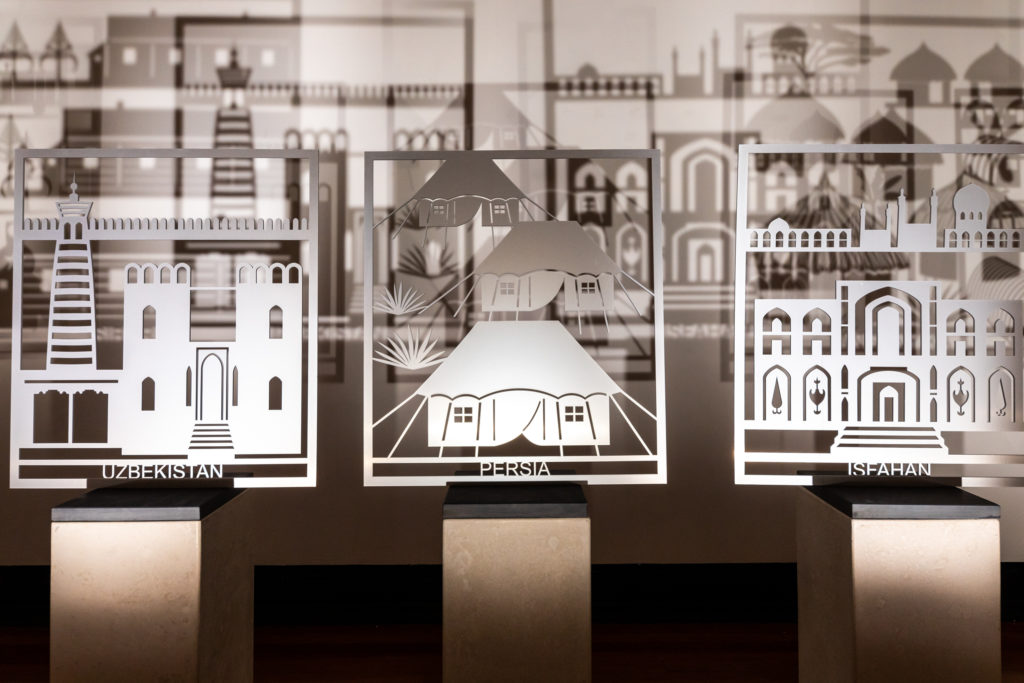

In 1942, after about 8 months in Uzbekistan, the newly formed army (the 2nd Polish Corps) and accompanying families were evacuated to Persia (now Iran). First Anna Sokulska Forster’s family had to travel to the port of Krasnovodsk in Turkmenistan to board ships that would take them across the Caspian Sea to Pahlevi in Persia. Many families were crowded onto dirty, coal-carrying steamers for a crossing that took three or four days; but finally they were out of Soviet Russia and were free. You can see archive photographs of other groups of Polish refugees taking an alternative mountain route into Persia in our ‘Journey into the Archives‘ section, which explores the wider history of this mass migration. About 114,500 Polish refugees were evacuated in this way, including 36,500 civilians, before Stalin decided to close the border again leaving many Polish people trapped in the Soviet Union.

When Anna’s family reached Pahlevi, they and the other exhausted families were looked after by the British Army, which occupied Persia at the time, and also by the Red Cross. On arrival they had to go through a strict delousing process, including having their heads shaved; and all the clothes they had arrived in were burnt. ‘New’ clothes were distributed, donated by an American charity, and Anna’s two young brothers were given dresses since there were no boys’ clothes left. Once through this undignified process, the families stayed in hastily erected camps of British Army tents where they could begin to recover their health.
Anna and her family could never have imagined, back on that fateful day in February 1940, that their journey would bring them this far, across so many borders, wrestling with so many languages, leaving so much behind, and facing yet more uncertainty ahead. Despite being freed from the Siberian labour camps, they still had little control over their destiny and remained reliant on others to determine how and where they would live next.
